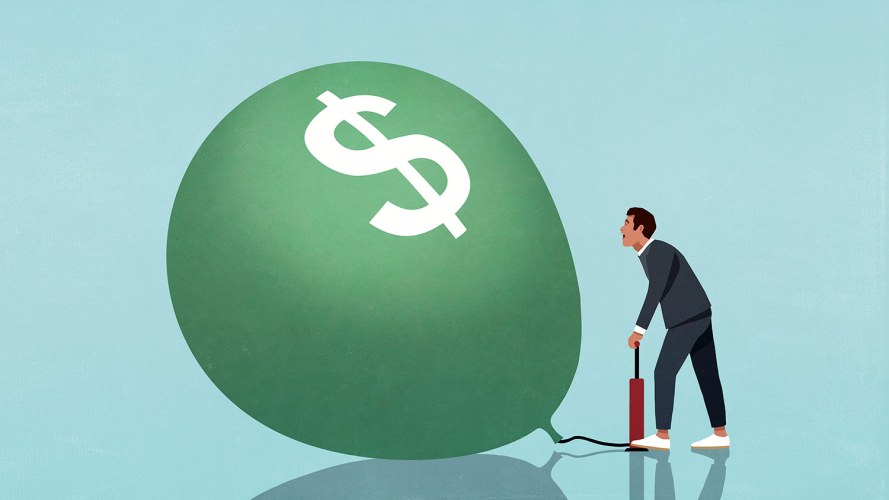3 Ways Inflation Is Changing Consumer Behavior



What does the holiday season hold for consumer goods brands and retailers? Shoppers’ behavior in the third quarter provides a sneak peek.
The holiday shopping season is upon us and shoppers are facing a new grinch this year: inflation. It’s hitting harder and lasting longer than experts suggested, and it’s changing the way we shop.
As we close the books on the third quarter, we found some trends that help explain the effects of inflation on the economy and what shoppers can expect in the future.
On the surface, third-quarter retail performance was strong. Global online spend grew by 11% year over year, a rebound over the moderate growth in the second quarter. Furniture continued to see strong performance, logging the greatest growth compared to all other verticals at 59% year over year. Meanwhile, electronics and accessories saw the greatest decline in spending with a year-over-year decrease of 9%.
Follow global shopping statistics and ecommerce trends
Are you ready to benchmark yourself against your peers?



What’s driving this growth, particularly in a quarter when global online shopping traffic fell by 2%? The traffic decline wasn’t a surprise, as consumers continued to shift from lockdown-fueled online shopping to more in-person store visits. But shoppers spent 13% more online in the quarter, driving all the growth in digital today. In fact, the second and third quarters were the first time we’ve seen shopper spend propel growth while online traffic declined.
Let’s break down the emerging impact of inflation on consumer spend.
Table of contents
The lowdown on inflation
The U.S. government warned consumers of inflation earlier this year, but predicted that price increases would be temporary. Eight months later the reality is clear: Inflation has taken hold for much longer than originally anticipated. Driven by unprecedented consumer demand, government spending, labor shortages, and supply chain crises, inflation is having a significant impact on the consumer wallet.
How much of an impact? The U.S. Bureau of Labor Statistics (BLS) estimates that September inflation across all sectors was 5.4%, driven mainly by steep increases in energy prices. In October inflation rose 6.2% to a 30-year high. When food and energy are removed, the September inflation rate stood at 4%. But our data shows that inflation is much more insidious than BLS data is showing.
We see inflation* across retail and consumer goods sectors, but at a much faster rate. In the third quarter, U.S. consumers paid 18% higher prices for the same basket of goods they purchased last year. Global consumers also saw aggressive price increases, with quarterly prices rising 12% on average.
Let’s break inflation down by categories, regions, and new products:
Categories: Furniture saw the largest increase in prices, growing 32% from a year earlier. This isn’t surprising given how particularly acute the supply chain challenges have been for the furniture industry since early 2020. Electronics and toys also saw unprecedented price increases, with prices up by 21% over last year.
Regions: Canada led the market in price growth with a 26% increase over the past year. This is followed by the United Kingdom and Ireland (24%), France (19%) and the U.S. (18%).
New Products: New catalog items that came to market in the third quarter were, on average, 14% more expensive than new items that came to market a year earlier. Sectors leading this growth were beauty, toys, home dining and decor, and handbags.
It’s difficult to determine how much of that increase is driven by inflation versus brands and retailers adding higher-priced goods to their catalogues. There is enough evidence, however, to suggest that inflation is having a big impact on old and new catalog items. Here are three ways consumers are adjusting to the sneaky new costs.
Consumers are buying less often
Order growth declined for the second quarter in a row, with global online orders falling 2% year over year. The United Kingdom and the U.S. saw orders decline 5% and 7%, respectively. Comparatively, Latin America, a region experiencing very rapid inflation, saw order rates decrease by a staggering 33%.
Despite incredibly steep price increases, furniture sites bucked the trend and continued to see strong order growth of 22% in the third quarter. Furniture demand likely remained strong due to a competitive housing market and a spike in Americans relocating. Yet other sectors experiencing steep inflation were not as immune to consumer whims. Electronics, beauty (particularly makeup), and dining and decor all experienced an 18% decrease in orders while toys saw an 11% year-over-year decline.
With finite consumer budgets, this is a zero-sum game for retailers. Most sectors either saw a decline in units per transaction or remained flat, making it clear consumers see the impact that inflation is having on their wallets and are adjusting their purchasing habits accordingly.
Buying interests are changing
In the face of inflation, consumers tend to turn to hard assets such as real estate, commodity stocks and bonds to stave off the negative impacts to their personal wealth. These investments can retain or increase in value even through economic uncertainty.
Shoppers are also investing in luxury goods. Luxury apparel and handbags grew 23% and 30% respectively, making it one of the fastest growth categories we track. What consumers are looking for is changing, too. Out of the top 10 search queries in the US, four were luxury brands.
Consumers turn to alternative ways to pay
Shoppers are embracing installments to pay for these high-dollar items. Installment-type payments grew by 45% worldwide in the third quarter, making them the most popular payment method behind credit cards and PayPal. About 8% of all global transactions used financing options in the quarter. This puts buy-now-pay-later payments ahead of popular mobile wallet options like ApplePay.
Installments in the U.S. grew even faster at 66% year over year, representing 4% of all orders.
Consumers are using installments in similar ways as they would credit cards. The global average order using a buy-now-pay-later feature was $120 in the third quarter, on par with the average credit-card transaction. As consumers warm up to installments, we expect that loyalty benefits, akin to credit cards, could also begin to emerge as the competition for the consumer wallet intensifies.
What does all of this mean for the global consumer and economy? If demand continues to be unpredictable, supply continues to be constrained, and unemployment remains higher than pre-pandemic levels, we all could be headed toward a period of stagflation. The global supply chain must resolve itself, and quickly. Retailers must continue to be agile and scrappy in the face of ever-changing global trends and consumer expectations.
Unwrap timely holiday shopping data now
Ready to learn from the data of 1 billion global shoppers?n



Methodology
Powered by Commerce Cloud, the Q3 Shopping Index uncovers the true shopping story by analyzing the activity and online shopping statistics of more than one billion shoppers across more than 54 countries, with a focus on 12 key markets: U.S., Canada, U.K.I., Germany, France, Italy, Spain, Japan, Netherlands, Australia/New Zealand, APAC (excluding Japan and ANZ) and the Nordics. This battery of benchmarks provides a deep look into the last nine quarters and the current state of digital commerce. Several factors are applied to extrapolate actuals for the broader retail industry, and these results are not indicative of Salesforce performance.
*Salesforce and the BLS report inflation in fundamentally different ways. The BLS collects its data from a combination of consumer surveys and data from retail stores, professional offices, rental units, and other establishments. Here at Salesforce, we analyze the transactional data from online purchases. Our analysis takes into account the prices that consumers are paying this year compared to last year for the same exact goods, as well as the prices of new products coming to market this year compared to last year. While our data differs, the trends are fundamentally the same.

























